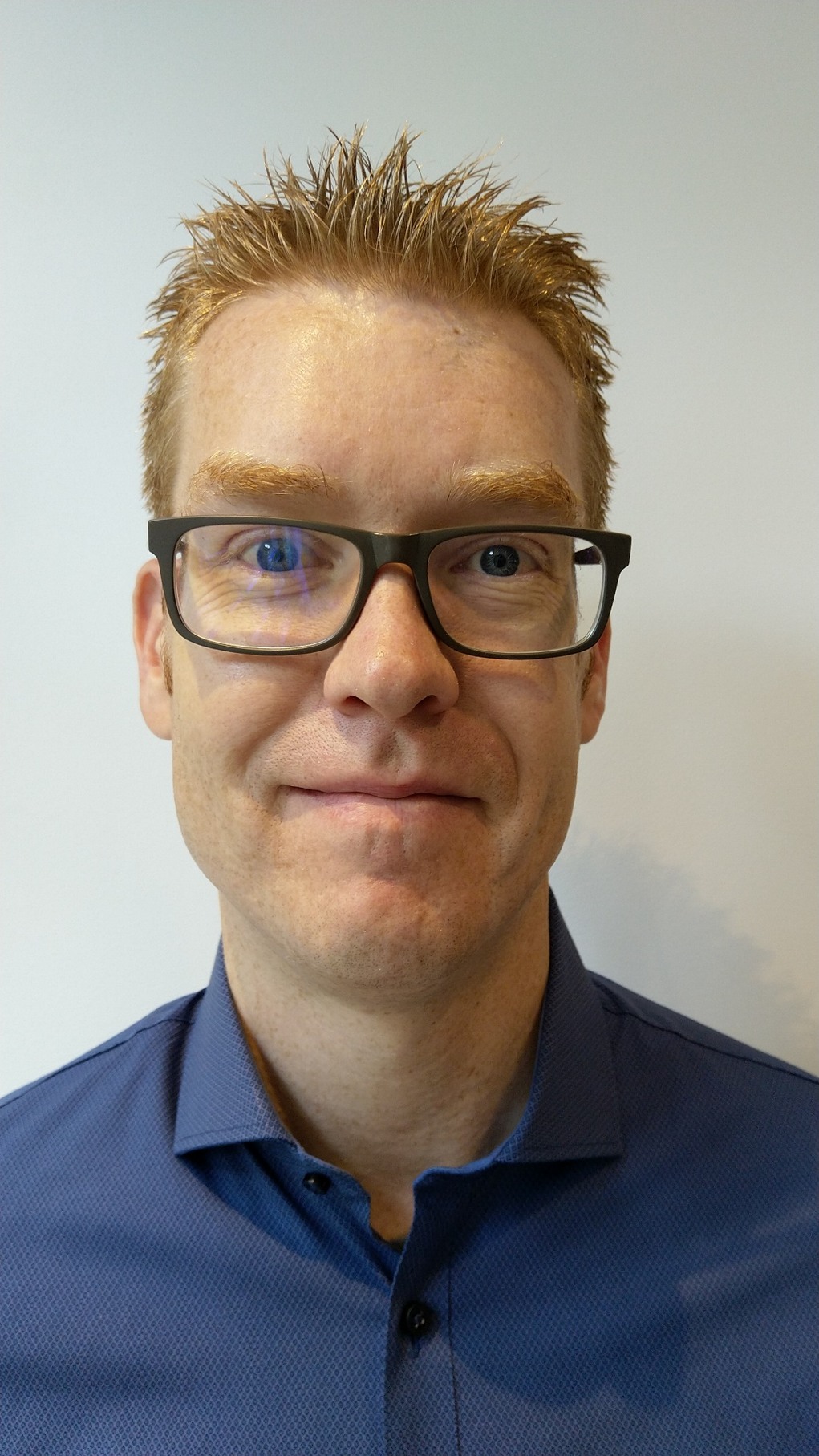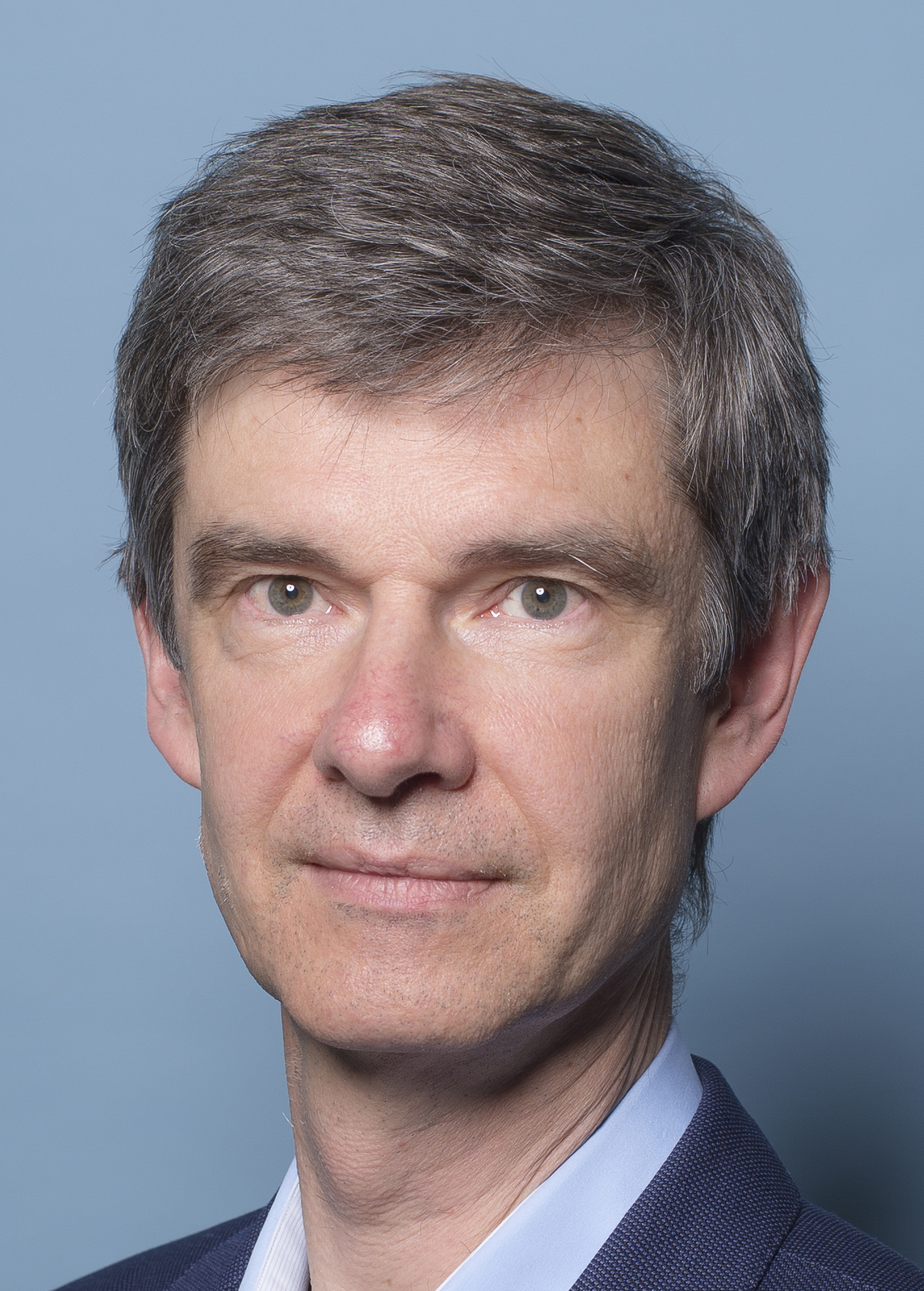
Automotive Radar, how these work, develop and what the future will bring?

On June 26, the KIVI Section of Telecommunications invite you to a webinar with the theme “Automotive Radar ”.
The presentations will focus on how these radars work, what is driving their development and what the future will bring.
Program
19:30 u. - 19:45 u. Introduction with short overview of the fundamental understanding of radar Automotive Radar by Ignas Niemegeers, Center for Wireless Technology, TU Eindhoven
19:45 u. - 20:30 u. Speaker 1: Automotive radar: key technology for autonomous driving and vision on future developments by Feike Jansen (NXP)
20:30 u. - 21:15 u. Speaker 2: Automotive Radar: new features and new capabilities with academic research on these future directions by Alexander Yarovyi (TU Delft)
21:15 u. - 21:30 u. Q & A
Nederlandse vertaling
Speaker 1
Title: Automotive radar: key technology for autonomous driving
by Feike Jansen (NXP)

Feike Jansen was born in Eindhoven, The Netherlands, in 1980. He received the M.Sc. degree in electrical engineering from the Technical University of Eindhoven, in 2006. Later in 2006, he joined Philips N.V., as a Researcher in the field of 24-GHz radar antennas. In 2007, he joined NXP Semiconductors N.V., where he is currently working in the radar product architecture team. In the past he developed signal processing techniques for signal synchronization, equalization and decoding targeting 60 GHz Wi-Fi systems. Since more than 10 years, he is working on signal processing techniques and system concept for 76 GHz automotive radar systems. Since, two years, he is defining signal processing requirements for upcoming radar products. He published 16 papers and has more than 30 patent applications.
Abstract
Radar systems supporting automatic cruise control were introduced into series production 25 years ago. Since then, radar has seen a tremendous growth and evolution in the automotive market. Early day mechanical solutions to determine the direction of reflected signals have been replaced by solid state solutions, enabling ever more transmit and receive antennas. These advanced solutions enabled radar to cover more complex traffic scenarios. Consequently, radar is nowadays widely used by car makers to get the highest safety rating and enable autonomous driving applications. This presentation will focus on how these radars work, what is driving their development and what the future will bring.
Speaker 2
Title: Automotive radar: new features and new capabilities
by Olexander Yarovyi (TU Delft)

Alexander G. Yarovoy (FIEEE’ 2015) graduated from the Kharkov State University, Ukraine, in 1984 with the Diploma with honor in radiophysics and electronics. He received the Candidate Phys. & Math. Sci. and Doctor Phys. & Math. Sci. degrees in radiophysics from the same university in 1987 and 1994, respectively.
Since 1999 he is with the Delft University of Technology, the Netherlands. Since 2009 he leads a chair of Microwave Sensing, Systems and Signals at the Delft University of Technology.
His main research interests are in high-resolution radar, microwave imaging and applied electromagnetics (in particular, UWB antennas). He has authored and co-authored more than 600 scientific or technical papers, eleven patents and fourteen book chapters. He is the recipient of the European Microwave Week Radar Award for the paper that best advances the state-of-the-art in radar technology in 2001 (together with L.P. Ligthart and P. van Genderen) and in 2012 (together with T. Savelyev). In 2023 together with Dr. I.Ullmann, N. Kruse, R. Gündel and Dr. F. Fioranelli he got the best paper award at IEEE Sensor Conference. In 2010 together with D. Caratelli Prof. Yarovoy got the best paper award of the Applied Computational Electromagnetic Society (ACES).
Abstract
While automotive radar is widely considered as well-developed technology, only a fraction of its potential is realized so far. A few powerful but currently unused features of automotive radar will be presented. Modulation of the radar waveform, while keeping the operational bandwidth without changes, helps with mitigation of (self-)interference and brings communication capabilities to the radar. Simultaneous processing data from several radars of the same vehicle helps to determine very accurately position of the vehicle and its movements. Precise knowledge of the platform movements can be used to improve cross-range resolution of the radar. Finally, application of machine learning algorithms to raw radar signals results in improved classification of radar targets.
Moderator
Moderator: Ignas Niemegeers, Center for Wireless Technology, TU Eindhoven

Speaker's bio
I.G.M.M. Niemegeers got a degree in Electrical Engineering from the University of Gent, Belgium in 1970, an M.Sc. in 1972 and a PhD degree in 1978 in Computer Engineering from Purdue University, USA. From 1978 to 1981 he was a system designer at Bell Telephone Mfg. Cy, Antwerp, Belgium. From 1981 to 2002 he was professor at the University of Twente, The Netherlands. From 1995 to 2002 he was a scientific Director of the Centre for Telematics and Information Technology (CTIT) of the University of Twente. From 2002 until 2012 he was chairman of the Telecommunications Department and professor in Wireless and Mobile Communications at Delft University of Technology.
Since August 2012 he is an emeritus professor at Delft University of Technology and guest professor at the Centre for Wireless Technology at Eindhoven University of Technology. He was involved in many European research projects and reviewer for many projects. His present research interests are 6G., Time-sensitive Networking and Wireless Avionics Networks.
